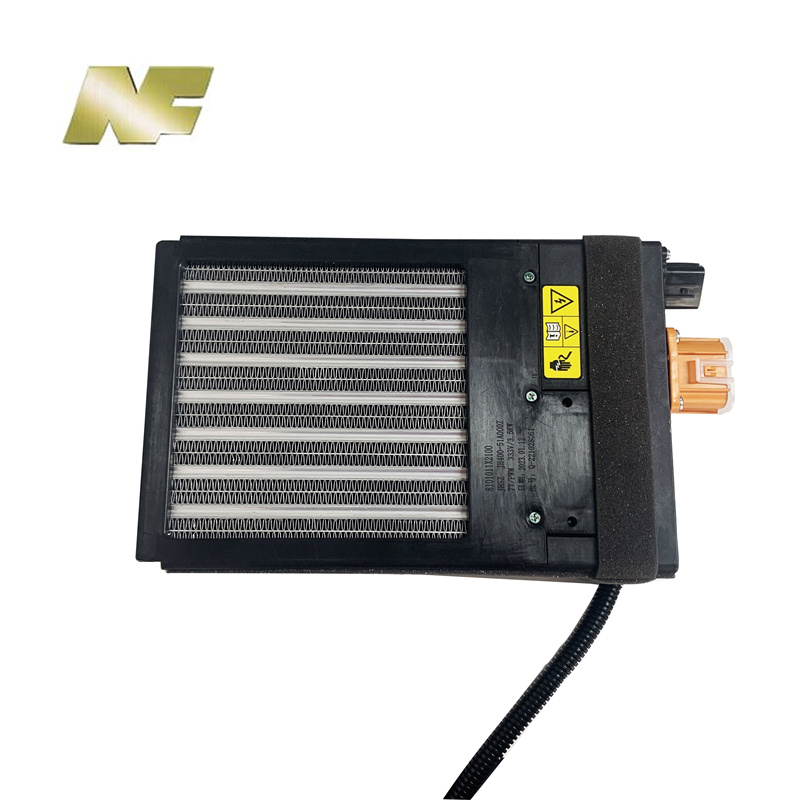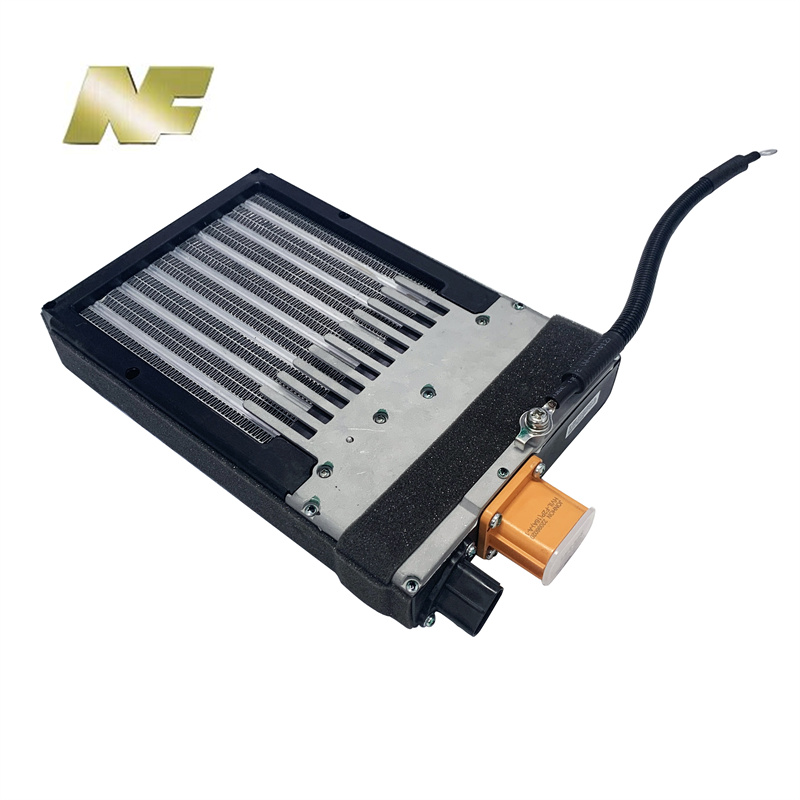Fuel vehicle heating system
First of all, let's review the heat source of the heating system of the fuel vehicle.
The thermal efficiency of the car's engine is relatively low, only about 30%-40% of the energy generated by combustion is converted into the mechanical energy of the car, and the rest is taken away by the coolant and exhaust gas. The heat energy taken away by the coolant accounts for about 25-30% of the heat of combustion.
The heating system of a traditional fuel vehicle is to guide the coolant in the engine cooling system to the air/water heat exchanger in the cab. When the wind flows through the radiator, the high-temperature water can easily transfer heat to the air, thus blowing The wind that enters the cab is warm air.
New energy heating system
When you think of electric vehicles, it may be easy for everyone to think that the heater system that directly uses resistance wire to heat the air is not enough. In theory, it is completely possible, but there are almost no resistance wire heater systems for electric vehicles. The reason is that resistance wire consumes too much electricity. .
At present, the categories of new energy heating systems are mainly two categories, one is PTC heating, the other is heat pump technology, and PTC heating is divided into air PTC and coolant PTC.
The heating principle of the PTC thermistor type heating system is relatively simple and easy to understand. It is similar to the resistance wire heating system, which relies on the current to generate heat through the resistance. The only difference is the material of the resistance. The resistance wire is an ordinary high-resistance metal wire, and the PTC used in pure electric vehicles is a semiconductor thermistor. PTC is the abbreviation of Positive Temperature Coefficient. The resistance value will also increase. This characteristic determines that under the condition of constant voltage, the PTC heater heats up quickly when the temperature is low, and when the temperature rises, the resistance value becomes larger, the current becomes smaller, and the PTC consumes less energy. Keeping the temperature relatively constant will save electricity compared to pure resistance wire heating.
It is these advantages of PTC that have been widely adopted by pure electric vehicles (especially low-end models).
PTC heating is divided into PTC coolant heater and air heater.
PTC water heater is often combined with motor cooling water. When electric vehicles run with the motor running, the motor will also heat up. In this way, the heating system can use part of the motor to preheat during driving, and it can also save electricity.The picture below is a EV high voltage coolant heater.
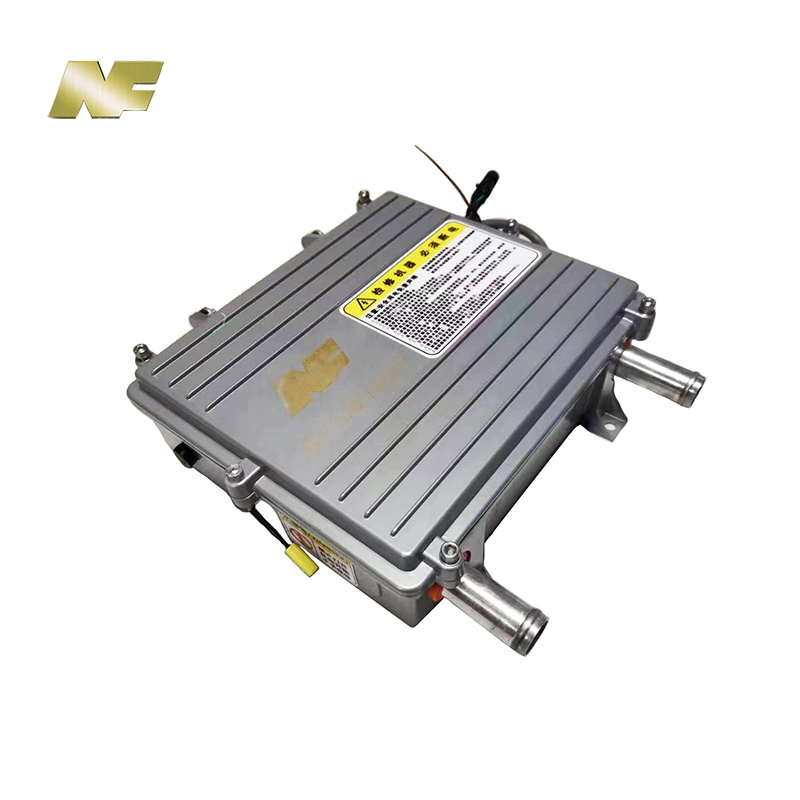
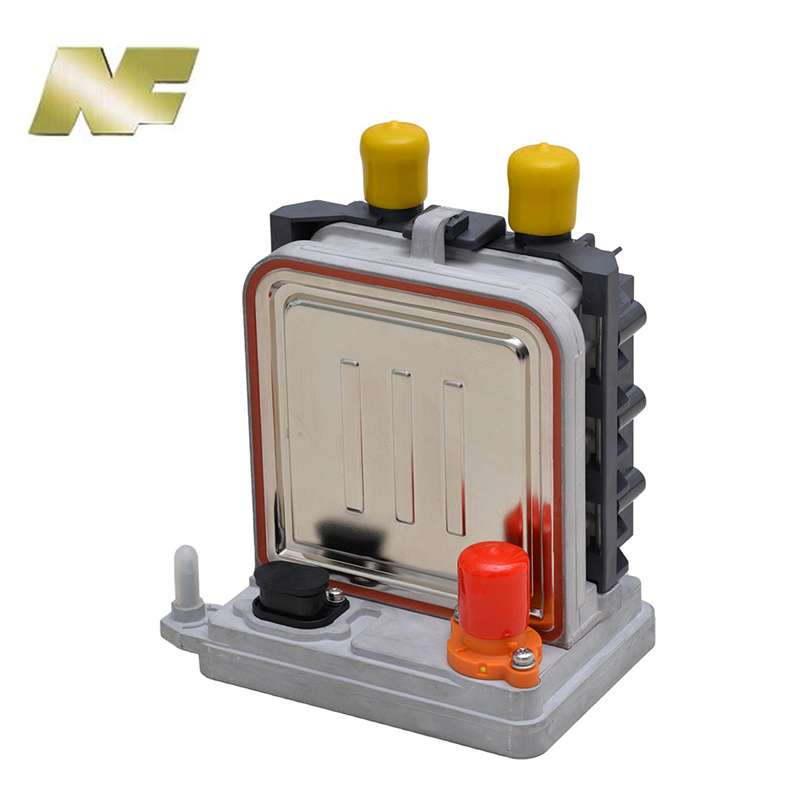
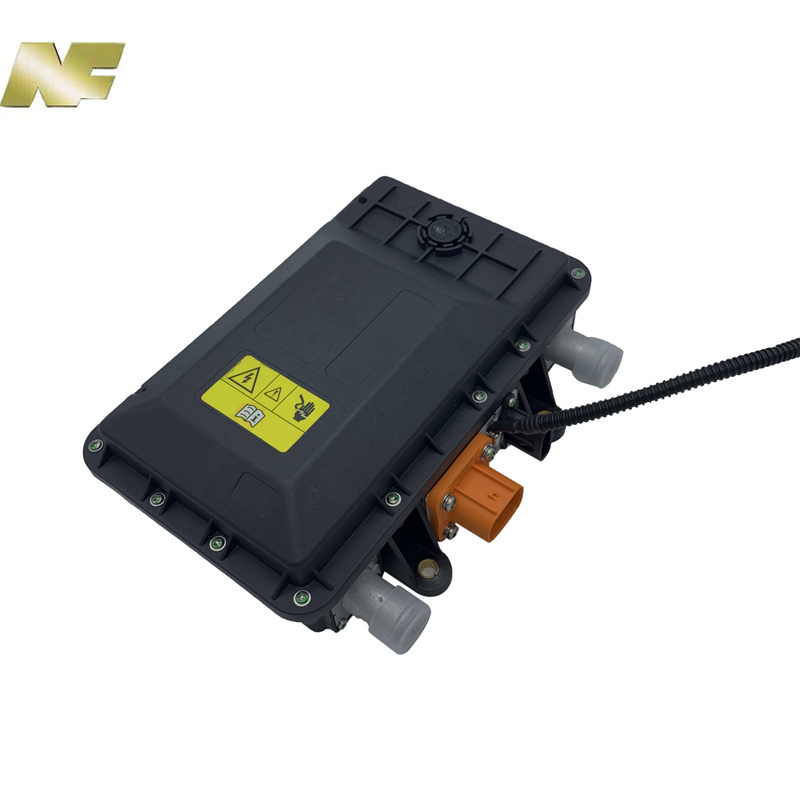
After the water heating PTC heats the coolant, the coolant will flow through the heating core in the cab, and then it is similar to the heating system of a fuel vehicle, and the air in the cab will be circulated and heated under the action of the blower.
The air heating PTC is to install the PTC directly on the heater core of the cab, circulate the air in the car through the blower and directly heat the air in the cab through the PTC heater. The structure is relatively simple, but it is more expensive than the water heating PTC.
Post time: Aug-03-2023

